PROTECT YOUR DNA WITH QUANTUM TECHNOLOGY
Orgo-Life the new way to the future Advertising by AdpathwayApril is prime time for planting, and sowing seeds is a great way to do it without breaking the bank. Some seeds can be a bit finicky, but some seem to pop up with hardly any effort at all. These are fun because you can drop them in the ground and have thriving plants within a few weeks or months.
So, what makes some seeds easier to grow than others? For me, being able to directly sow seeds in the soil is a definite plus. Many fast-growing plants thrive this way and actually form stronger roots, which means they may grow larger and more robustly right from the start.
Another factor that makes some seeds easier than others is how well they transplant. If you can directly sow a particular plant, it’s nice when it goes from seed tray to garden bed without skipping a beat.
These are some of the more obvious ways that a seed can be easy to grow. When it comes to fun, there are many other factors, like pollinator friendliness, showy flowers, and those that are great for cutting and floral arrangements. Here are some of my favorite fun and easy plants to grow from seeds this spring.
Zinnia ‘Senora’
 Bright blooms appear quickly and last all summer long.
Bright blooms appear quickly and last all summer long.Zinnias might be the easiest plants around when it comes to planting seeds. They have a brief germination time, with most viable seeds sprouting in less than a week. Those sprouts grow rapidly, giving you a feeling of satisfaction that you’ll soon have beautiful flowers. Those flowers will follow in just about two months under the right conditions. Direct sow these for great, fast results.
Zinnias are attractive to pollinators, especially butterflies. I see butterflies visiting my zinnia patch daily throughout the summer. They’re also great for cutting and have a long vase life. The range of colors and forms is nearly limitless! ‘Senora’ has large, double blooms that resemble dahlias with about one-quarter of the effort. The wonderful salmon color stands out from the crowd.

Cosmos ‘Rubenza’
 These graceful flowers attract tiny bees all summer long.
These graceful flowers attract tiny bees all summer long.Cosmos are another plant that you can directly sow in your beds, as they sprout and grow quickly. They grow tall with lovely, feathery foliage that adds texture to the garden and cut arrangements alike. They don’t have a long vase life, but if you cut while most are in buds, they will open successively and last longer.
If you want to support native bees, cosmos will be teeming with tiny sweat bees and the like all summer. Though they are small, these blooms are pollen-rich and good sources of nectar, too. ‘Rubenza’ is a Fleuroselect Novelty Award winner with blossoms that start out ruby red and fade to a dusky rose over time. I’m also fond of ‘Apricot Lemonade’ for its unique blend of colors.
Celosia ‘Chief Red Flame’
 Stunning color and long vase life make them irresistible.
Stunning color and long vase life make them irresistible.Celosia is fun to grow because of its unique and flamboyant flowers. Often nicknamed cockscomb, the blooms on some varieties resemble precisely this. They can grow to epic proportions if you leave them on the stem to mature. These are in the amaranth family and are entirely edible.
If you want an early start, you can get these easy-going seeds growing inside in April. They transplant well. You can also directly sow them in the garden for robust sprouts and fast-growing plants. ‘Chief Red Flame’ is one of the most spectacular varieties I’ve grown. The enormous, brain-like booms are a wonderful shade of crimson and have an extra-long vase life.
Sunflower ‘Goldy Honey Bear’
 Big, bold flowers create a warm and welcoming display.
Big, bold flowers create a warm and welcoming display.Sunflowers bring so much joy to the landscape. It’s amazing that a small seed can create such spectacularly tall and eye-catching plants, and in such a short time! Some bloom in as few as two months, but 80 days is closer to average. The larger the variety, the longer they tend to take.
Sunflowers are very easy to grow from seed from April through July and beyond, but you must ensure that the risk of frost has passed before you plant them.
There is no question that these are some of the most beloved pollinator attractors of the summer. Bees of all kinds love to collect their nectar and pollen. ‘Goldy Honey Bear’ is lower in pollen content but strong when it comes to fun and eye-catching flowers. The large, densely petaled blooms will sprout in about ten days. These are best directly sown to get the best height from them.

Nasturtium ‘Purple Emperor’
 Climbing or trailing, they always put on a show.
Climbing or trailing, they always put on a show.Nasturtiums are fast-growing and beautiful, with large, fluffy flowers that look lovely against lilypad-like foliage. The entire plant is edible, and leaves and blossoms have a peppery flavor. They make wonderful garnishes and a nice addition to cold salads. ‘Purple Emperor’ is a vining or trailing variety that will spill over a basket, or you can train it to climb.
Nasturtiums are best sown directly in the garden. They will start to pop up in about one week and only take about six weeks to flower. They make good companions in the vegetable garden as they are more appetizing to insects than your veggies, so they draw them away, acting as a trap crop. These are invasive in areas of California, so grow them in a container in this area.
Bachelor’s Button ‘Blue Boy’
 Delicate blue blooms add charm to any garden bed.
Delicate blue blooms add charm to any garden bed.The bachelor’s button is another quick and easy plant to grow from seeds in April. These sweet little plants have a light and pleasant fragrance and take as little as six weeks to produce flowers. Drop them right into the soil, even if your final frost date hasn’t passed yet. They like cold weather and are quite frost tolerant.
It only takes about a week to see these sprout, and they will quickly become a favorite with their cheery blooms. ‘Blue Boy’ is a classic cultivar with cornflower blue blooms. These tend to self-sow, so you’re likely to see them pop up again next year. Pollinators love them, and they are good for cutting.
Marigold ‘Lemon Drop’
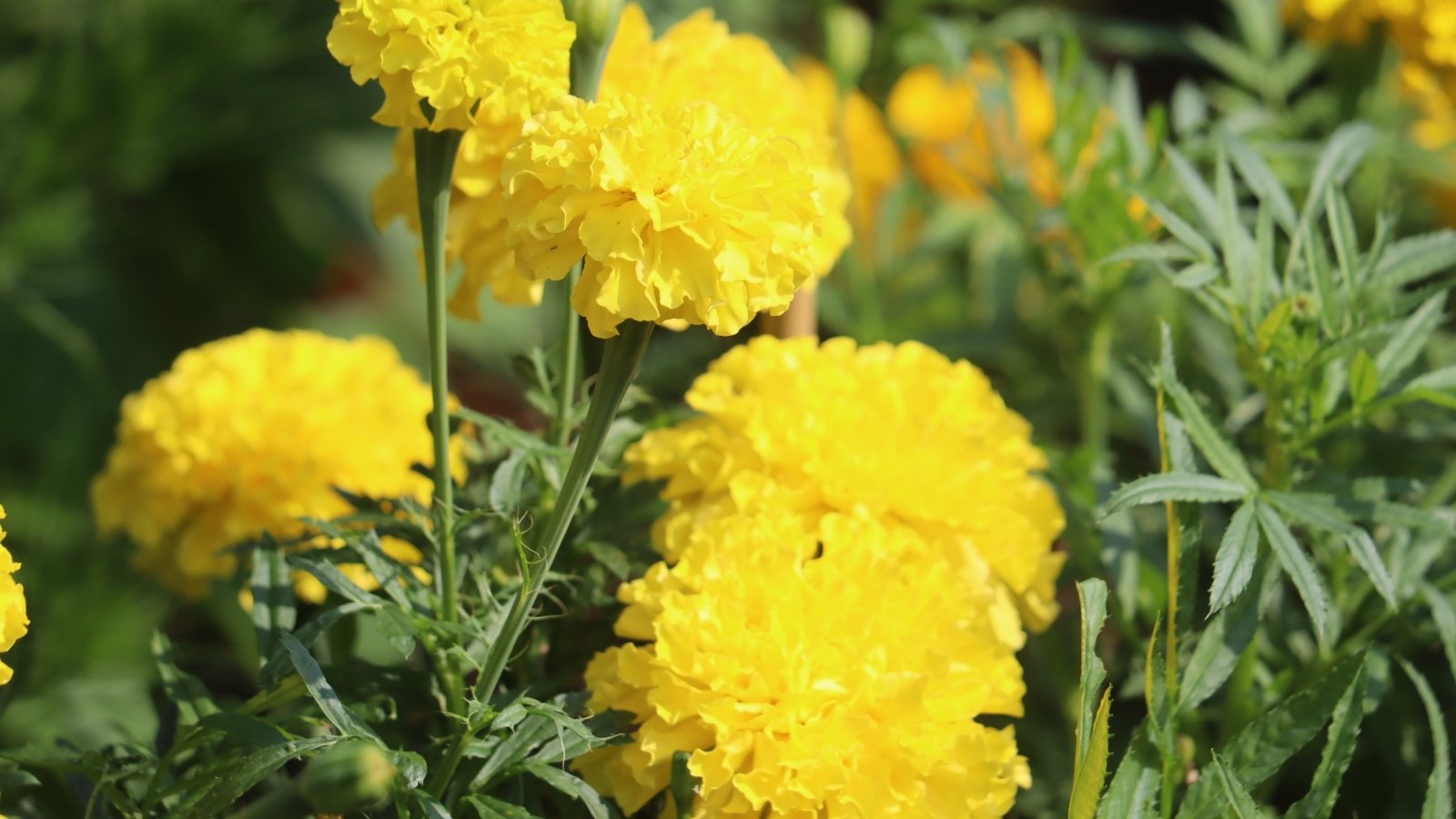 It’s a compact, sunny flower, perfect for borders and pots.
It’s a compact, sunny flower, perfect for borders and pots.I’m a big fan of marigolds for their quick germination time and ease of sowing. You can start these in trays or directly sow them. They sprout in as few as five days and will be several inches tall in just a few short weeks. Marigolds are great for deterring pests in the vegetable patch.
‘Lemon Drop’ is a cheerful yellow variety that makes a great border or container cultivar. It’s compact and won’t overcrowd. The flowers are edible and look beautiful sprinkled across cold dishes as a garnish. They have a sharp scent and a slightly spicy flavor.
Calendula ‘Zeolights’
 Bright blooms stick around even as the weather cools.
Bright blooms stick around even as the weather cools.Calendula is a fascinating plant with bright and happy flowers that appear quickly and last a long time. It is great for cooler climates, as it is frost-resistant. It’s also good for drying, as it retains a surprising amount of its color. ‘Zeolights’ are bronze fading to pink, a nice twist on the usual orange and yellow.
Another characteristic that makes calendula fun to grow is that they are entirely edible and good for making teas. They have some health and medicinal uses, and they’re just about as easy as can be to care for. I prefer to directly sow these large seeds around April. They sprout in about one week.
Morning Glory ‘Heavenly Blue’
 This colorful, fast-growing vine adds instant beauty.
This colorful, fast-growing vine adds instant beauty.Morning glories are easy to grow from seed in April or throughout the frost-free season. You can directly sow them in the ground, and they are adaptable in terms of soil type and location. They’re not concerned with heat, and they grow quickly, so you don’t have to wait long for them to look nice. Their vining habit makes them nice for covering a fence or trellis, to create a screen.
Perhaps the most entertaining quality of these plants is their blooming habit. The pretty trumpet-shaped flowers open early in the morning, as their name implies. Each flower only lasts for one day and fades by late afternoon. ‘Heavenly Blue’ is a beautiful blue cultivar. The throats are white, which gives the flowers a glowing appearance. Growers in Arizona should opt for something similar that doesn’t invade native areas.
Strawflower ‘King Size Silvery Rose’
 These beauties bloom all summer and then dry beautifully.
These beauties bloom all summer and then dry beautifully.Strawflowers are not the easiest plant on the list when it comes to waiting for them to grow. However, they are a lot of fun to grow and harvest, and this is a great time to get them started. You can start the seeds indoors or out, though direct sowing may give you a less-than-stellar germination rate.
Strawflowers are notorious for being incredible dried flowers. They retain their color, and the papery bracts last an extraordinarily long time. They bloom through the summer and fall until the first frost. I find these to be one of the longest bloomers in my cutting beds. Check out ‘King Size Silvery Rose’ for a tall, branching cultivar with large blooms in a stunning cool blush color.
Rudbeckia ‘Cherry Brandy’
 They’re easy to grow and the bees can’t resist them.
They’re easy to grow and the bees can’t resist them.I love growing rudbeckia for the sake of pollinators. If you have a pollinator patch, these are a must-have. The classic yellow is pretty, but I adore ‘Cherry Brandy’ for its deep, wine-red colored blooms. Tiny native bees will find them irresistible. If you enjoy observing bees, it’s a toss-up between these and cosmos for the best additions to plant.
Rudbeckia is a short-lived perennial in warmer climates but will self-seed in most climates. Mine come back every year, popping up here and there wherever they land. They’re not invasive, as they only spread by seeds, and they are easy to spot and pull them up where you don’t want them.
Alyssum ‘Tiny Tim’
 A creeping habit makes them ideal for hanging or covering.
A creeping habit makes them ideal for hanging or covering.Alyssum is easy to seed and grow throughout the year in mild climates and in April or May in cooler ones. It’s frost-tolerant, so even if you’re still waiting on that last frost date, you can go ahead with these. Surface sow these; they germinate between 5 and 15 days.
Once they sprout, these are fast growers. They have a creeping habit and make a stunning hanging plant or ground cover. They bloom freely for a long season and have a sweet honey scent. ‘Tiny Tim’ is a compact variety that has a prolific flowering habit. These are members of the brassica family, so the entire plant is edible.
Common Milkweed
 Plant this native beauty for butterflies and easy care.
Plant this native beauty for butterflies and easy care.Milkweed is one of the best things you can plant in your pollinator patch. It is the sole larval food for monarch butterflies, and they will seek it out to lay their eggs on. Depending on your region, there are more than 60 varieties that are native to the United States. It’s important to plant one that grows natively in your area so that the butterflies get the right food at the right time of year.
Common milkweed has an extensive range in North America, so it works well for many gardeners. Sow these seeds two weeks before your last frost or anytime after that. If you sow in the fall, they will germinate in the spring. These self-seed, and they are perennial, so once you plant them in your April garden, you can expect to see the easygoing plants return every year.
They require little maintenance, making them one of the easiest plants to grow. If you’re in Hawaii, choose a native milkweed, as this one is labeled a noxious weed there.


 3 months ago
45
3 months ago
45

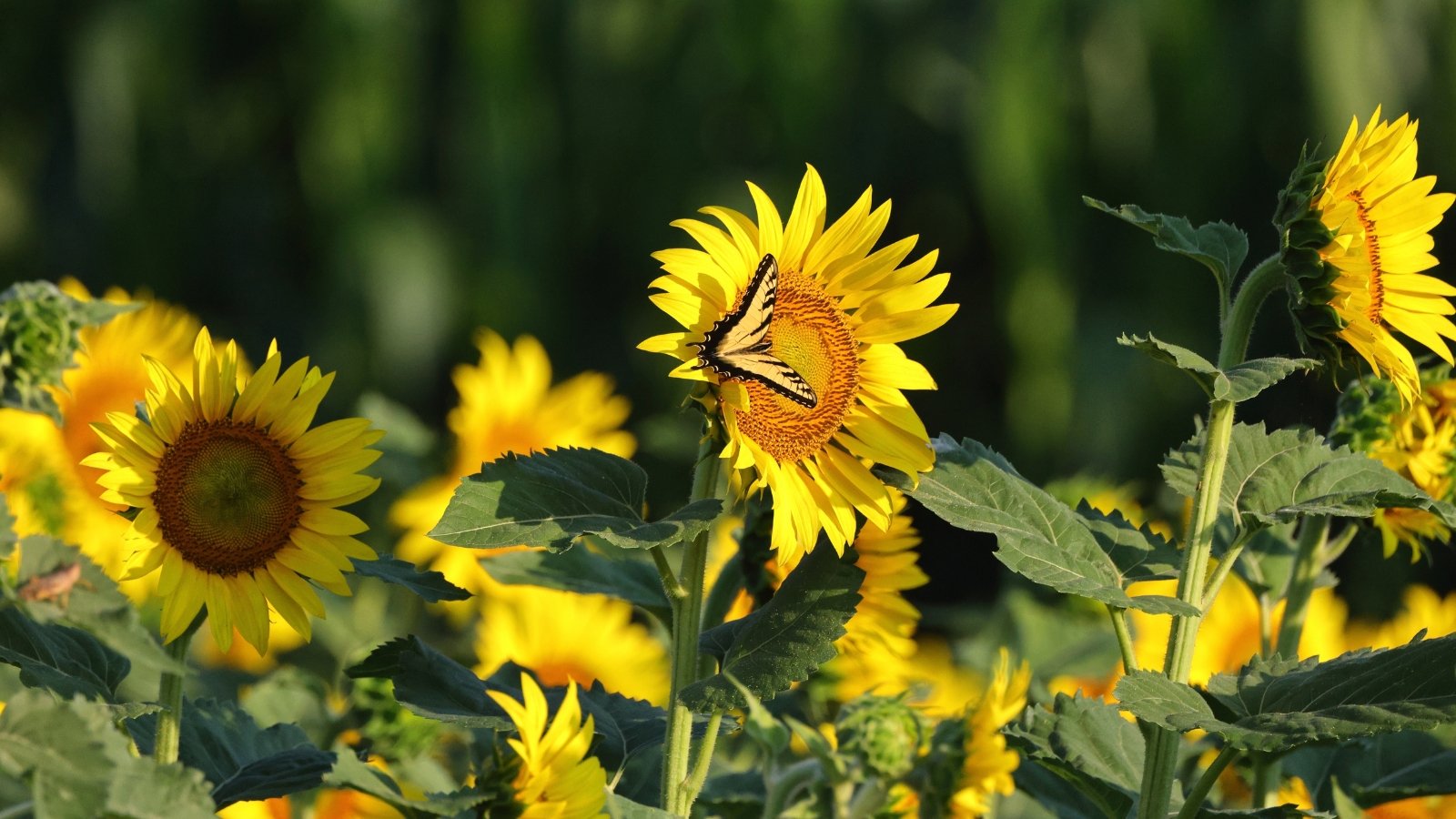
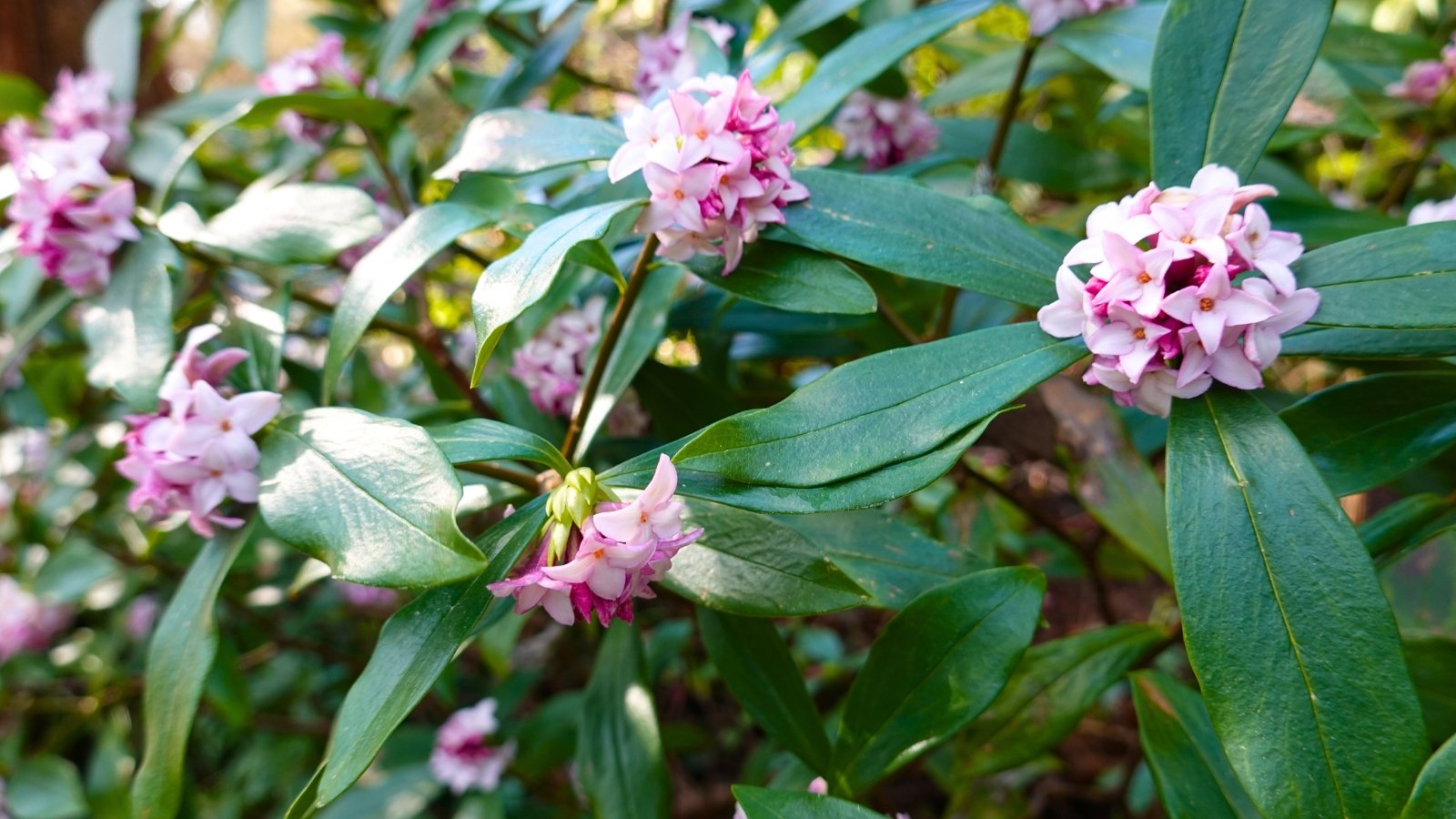

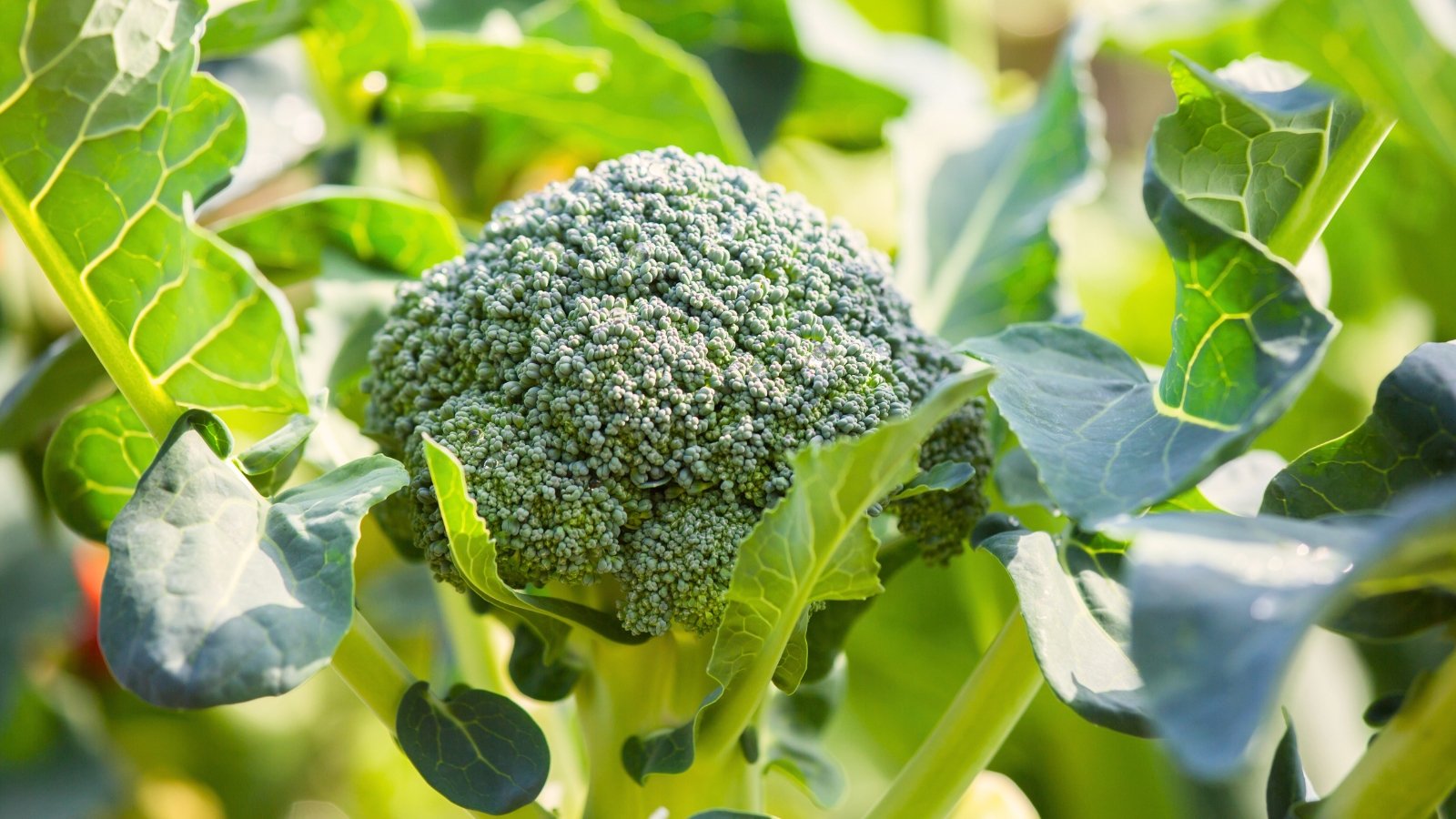

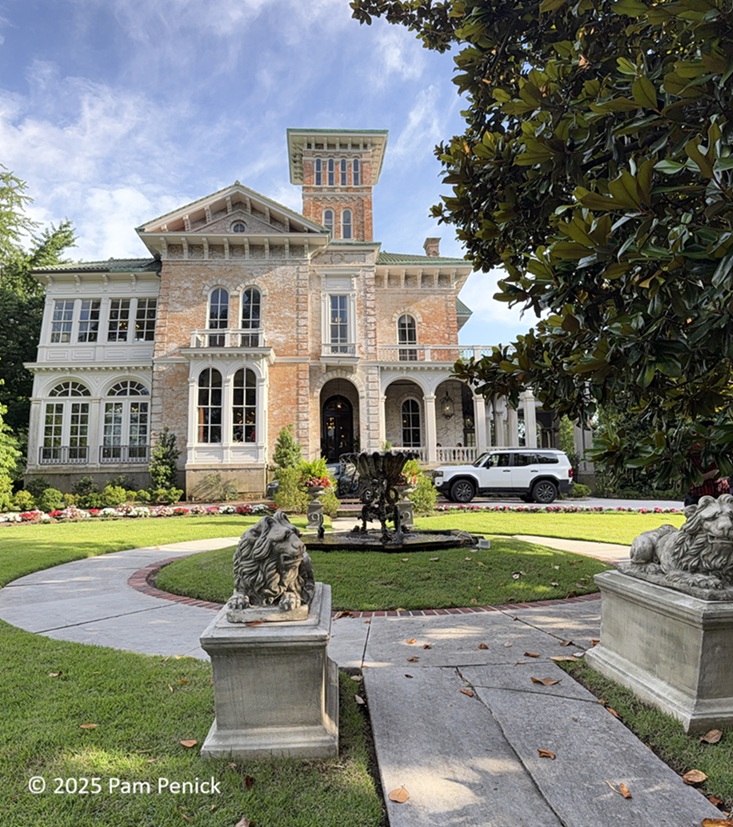














 English (US) ·
English (US) ·  French (CA) ·
French (CA) ·